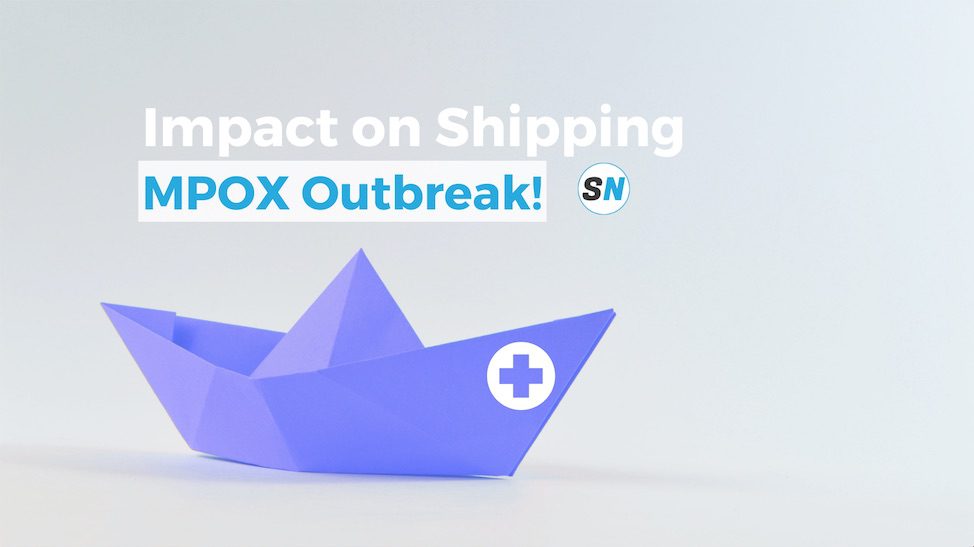28 November 2024
How ships protect from marine pirates?
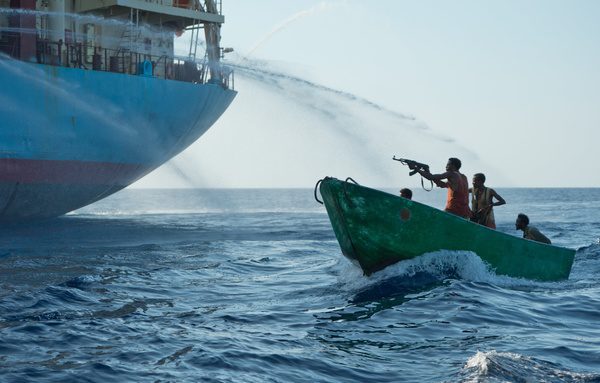
Marine pirates have been a challenge throughout history, but in recent years, they lead a well-organized criminal business that poses a problem for the shipping industry and is a serious threat to seafarers.
Table of Contents
Introduction
Piracy has been a challenge throughout history, but in recent years, it has transformed into a well-organized criminal business that poses a problem for the shipping industry and is a serious threat to seafarers. Today’s marine pirates are no longer interested in primitive “smash and grab” attacks. Instead, they hijack vessels to kidnap crew and steal valuable cargo. These modern-day pirates are usually well-informed about their potential victim ship and are adequately armed for the job. The challenge arising, therefore, is how to protect against such a force.
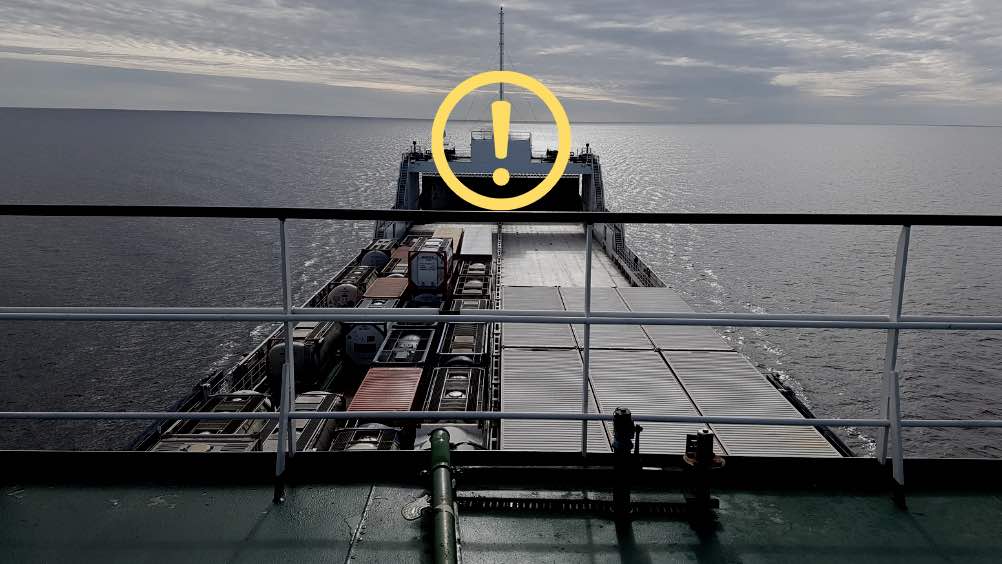
Maritime Fraud: Identify & Report Illegal Activities Onboard
Discover the dark side of the shipping industry and stay informed about the prevalence and harmful impact of maritime fraud.
Ship Nerd
Knowing Your Enemy: Pirates’ Hotspots & Tactics
Marine Pirates’ hotspots are well-known to most mariners, with the Gulf of Aden/Horn of Africa, Nigeria and the Gulf of Guinea, Southeast Asia (especially the Strait of Singapore), and the Venezuelan coast being the most notorious. Pirates tend to operate with different weapons and demonstrate distinctive behavior depending on the region.
Reports show that marine pirates usually choose the same tactics regardless of their nationality. They mostly pick bulk carriers and tankers as their victims and approach them on speedy skiffs, firing at the bridge. Note that, most attacks happen at dawn and dusk when the lights are low.
Constant Vigilance: Enhancing Security Measures
Moreover, reports show that in all those cases when crews managed to deter the assaults successfully they had noticed marine pirates approach in advance and fired the alarm. Therefore, vigilant watch both on the deck and via radar and CCTV will increase the chances of deterring pirates significantly.
Ideally, there might be armed security onboard taking full care of the incident. As a rule, once they ‘convey’ by several shots that the vessel is going to offer resistance, the gang retreats to look for a more vulnerable target. But armed security to tackle marine pirates is expensive and still rather dubious acquisition.
Marine Pirates Deterrents: Non-Lethal Means of Protection
The simplest defense measures available are barbed wire fences, fire hoses, and water cannons, which can prevent pirates from climbing on board. Molotov cocktails, empty bottles filled with gasoline and stuffed with burning cloths, have been successfully used against marine pirates.
More intricate non-lethal weapons include Anti-Piracy Curtains, Liquid Deterrent Systems, Secure Electric Fences, and Razor Wire Canisters. Various types of net boat traps can ensnare the propellers of pirates’ boats and disable the skiffs.
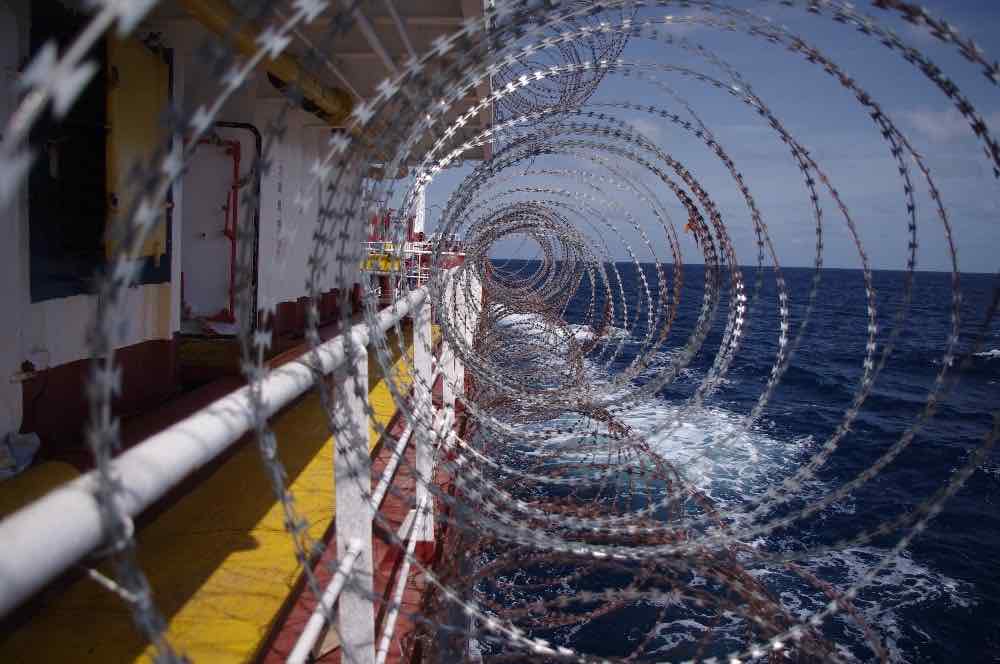
Increasing Effectiveness
Other non-lethal weapons include long-range acoustic (LRAD) and laser devices, Active Denial Systems, compressed air launchers, rubber ball grenades, dazzle guns, and electric shockers, among others. Though these weapons may seem unconvincing, they have proved effective in some instances.
If the above-mentioned measures prove ineffective in preventing pirates from climbing onboard, no further resistance should be offered.
What to Do if Pirates Are on Board
Once the crew has noticed approaching pirates, the nearest coastal security service should be informed immediately. If possible, notify the navy; transmit Mayday signals to all merchant vessels in the vicinity and send satellite messages; make the ship as conspicuous as possible for rescuers.
Fortify the bridge and engine room, using barbed wire, chains, or any available resources to impede pirates’ access to these crucial points. It would be a good idea to protect bridge personnel with body armor and helmets as it is vital to keep the vessel moving, while pirates usually fire at the bridge to make officers slow down. If the vessel is equipped with a safe area (some ships are furnished with a Citadel, a fortified room with a stock of food and water where crew can retreat in case of an attack), gather as many crew members as possible there.
Never be aggressive in your interaction with pirates; don’t make sharp movements and don’t use firearms even if you are in possession of any.
Conclusion
Combating modern piracy requires constant vigilance and the implementation of effective measures to deter and defend against marine pirates. Shipping companies must ensure that their crew members are aware of the risks of piracy and are adequately trained in pirate deterrence and defense. With the proper knowledge and means of protection, seafarers can better defend against pirates and ensure the safety of their vessels and crew.
Source: Maritime Zone
See Also
Cocaine production in Colombia has skyrocketed and drug cartels continue to target and abuse innocent seafarers and their ships for drug smuggling. Drug cartels have become more prone to resort to violence to expand and protect their criminal enterprises.
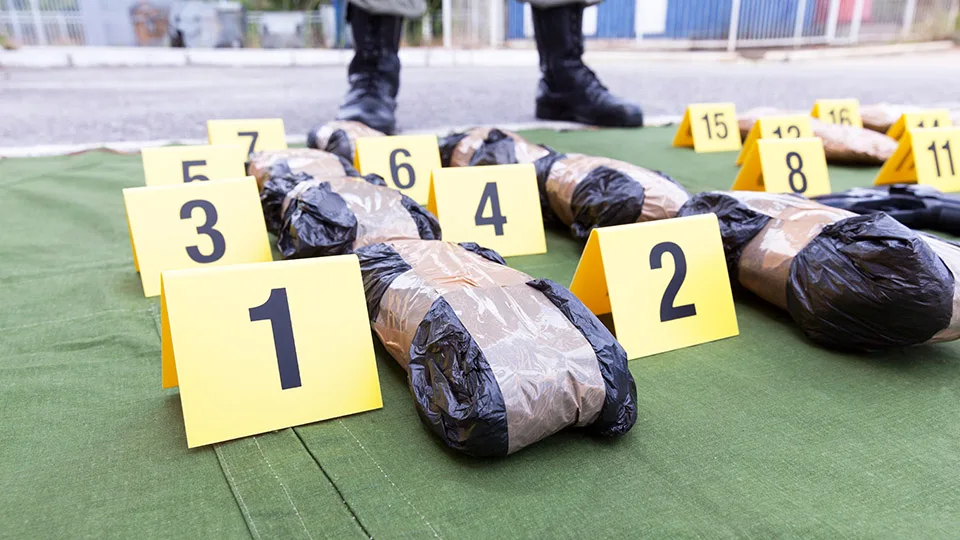
Drug smuggling to hit a new record in 2023
Cocaine production has skyrocketed with an expected 35% at least increase in cocaine availability and drug smuggling in 2023.


